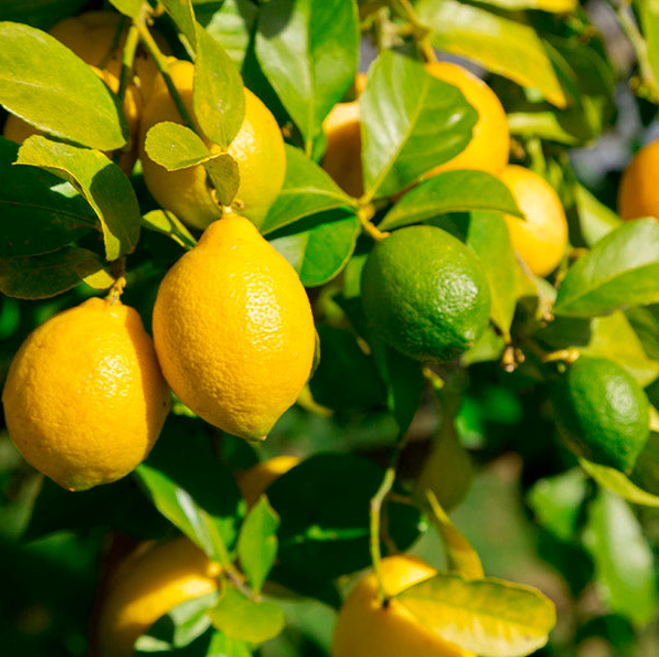The Flavorful Benefits of Growing Your Own Lime Trees – 5 Tips

Lime trees are a refreshing addition to any garden or backyard, providing a flavorful ingredient for cooking, cocktails, and desserts. Growing Lime Trees is a fun and rewarding experience, but it requires careful attention and expert advice to ensure healthy and abundant growth. In this article, we share five tips for growing healthy and abundant lime trees, straight from the experts.
Tip 1: Choose the Right Lime Tree Variety for Your Climate
The first step to successful lime tree cultivation is choosing the right variety for your climate. Lime trees come in a variety of types, each with different climate requirements. Some varieties, like the Mexican lime, thrive in warm, humid environments, while others, like the Kaffir lime, prefer drier climates. Before choosing a variety, research the climate requirements and consult with experts in your area. This will help you select the best lime tree for your region.
Tip 2: Prepare Your Soil for Optimal Lime Tree Growth
The quality of your soil plays a crucial role in the growth of your lime trees. Prepare your soil by adding organic matter like compost, aged manure, and worm castings. This will help improve the soil structure, increase nutrient availability, and improve water retention. Avoid using synthetic fertilizers and pesticides, as they can damage the soil structure and kill beneficial microorganisms.
Tip 3: Water Your Lime Trees the Right Way
Watering your lime trees correctly is essential for healthy growth. Water your lime trees deeply and infrequently, avoiding frequent, shallow watering that can cause root rot. Check the soil moisture level regularly, and adjust your watering frequency and duration accordingly. When watering your lime trees, aim for the root zone and avoid wetting the leaves, as this can promote disease growth.
Tip 4: Fertilize and Prune Your Lime Trees for a Bountiful Harvest
Fertilization and pruning play important roles in the growth and yield of your lime trees. Fertilize your lime trees with natural fertilizers like compost, aged manure, and bone meal. Prune your lime trees regularly to promote healthy growth and fruit production. Remove dead or damaged branches and trim back overgrown foliage to improve air circulation and light penetration.
Tip 5: Prevent Pests and Diseases to Keep Your Lime Trees Healthy
Lime trees are susceptible to a variety of pests and diseases, including aphids, spider mites, and citrus canker. Prevent infestations and infections by keeping your trees healthy and practicing good hygiene. Remove fallen leaves and debris regularly, as they can harbor pests and diseases. Inspect your trees regularly for signs of infestations or infections, and take action immediately to prevent the spread.
